We were lucky to catch up with Beki Song recently and have shared our conversation below.
Beki, looking forward to hearing all of your stories today. Can you take us back in time to the first dollar you earned as a creative – how did it happen? What’s the story?
The first time I earned money from my artwork was in 2021. I was fortunate to be invited by a young artists’ program under a well-established gallery in Korea that had been active for over twenty years. That show became my first solo exhibition after graduating from university.
Since it was my debut, I couldn’t set my prices too high, but to my amazement and gratitude, every single piece I exhibited was sold. One of the collectors was even someone who ran an art auction house in Korea. It was such an overwhelming feeling—realizing that I could actually make a living doing what I love. It gave me hope that I could keep pursuing my dream.
Some visitors even traveled several hours by bus just to see the show, and a few told me that my work inspired them to start painting themselves. Knowing that something I created could spark inspiration in others felt both surreal and deeply moving.
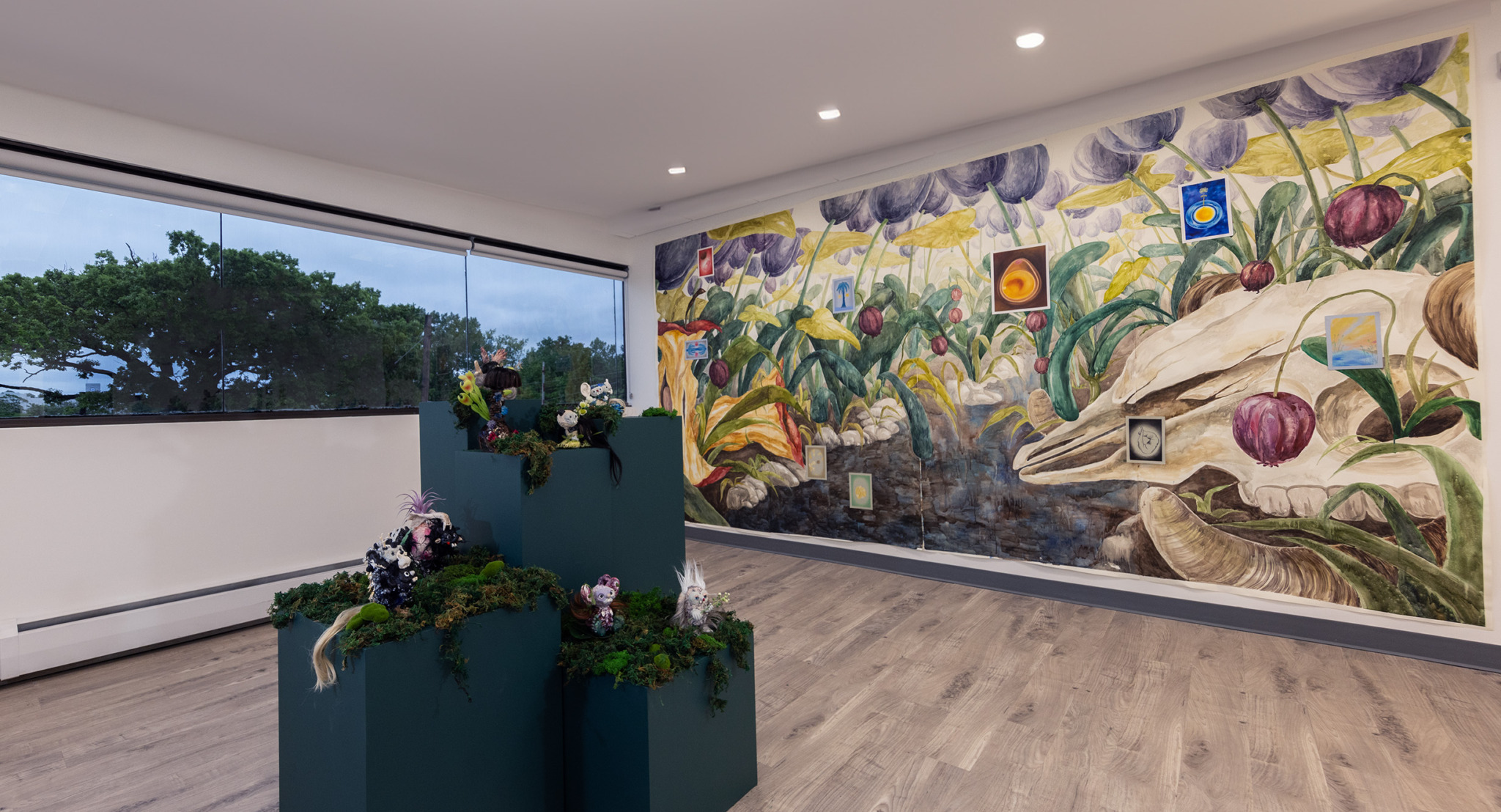
Beki, before we move on to more of these sorts of questions, can you take some time to bring our readers up to speed on you and what you do?
I am a contemporary artist working primarily in painting and sculpture, and my practice is rooted in translating human emotions, struggles, and everyday experiences into artworks that create my own small worlds.
In the past, I became deeply absorbed in the question “What is love?”—not just its beauty and comfort, but also its fear, obsession, and unease. From this inquiry, I created beings I call “wild babies,” unsettling figures that embody the contradictions of love, much like stories such as “The Prodigal Son,” where unconditional love is intertwined with wounds, regret, and conflict.
More recently, my work has shifted toward themes of longing for freedom and the feeling of being stuck. I have been painting horses, but interestingly, they are never running or active. They stand still and quiet. While horses are traditionally symbols of freedom, I see in their stillness a reflection of human experiences of stagnation, blockage, and yet an undying yearning for liberation.
My work, while rooted in my own personal emotions, also touches on feelings that everyone encounters at some point in life. Viewers have told me that my art inspired them to start painting, or that it made them face emotions they had buried. Knowing that my creations can become a mirror, a source of inspiration, or even a form of comfort to others is something I am most proud of.
Looking ahead, I want my practice to go beyond personal narratives and expand into broader social and cultural projects. I am currently preparing a project that explores the history of the Jewish religion, the Talmud, and its influence on Korea, working under the curatorship of Achia Anzi. For me, these kinds of projects allow my art to open conversations not only about individual emotions but also about collective histories and shared cultural experiences.
Ultimately, I want my practice to offer a space where people can encounter the complexity of human emotions—whether it be love, longing, or struggle—while also engaging with larger questions that connect us across societies and cultures.
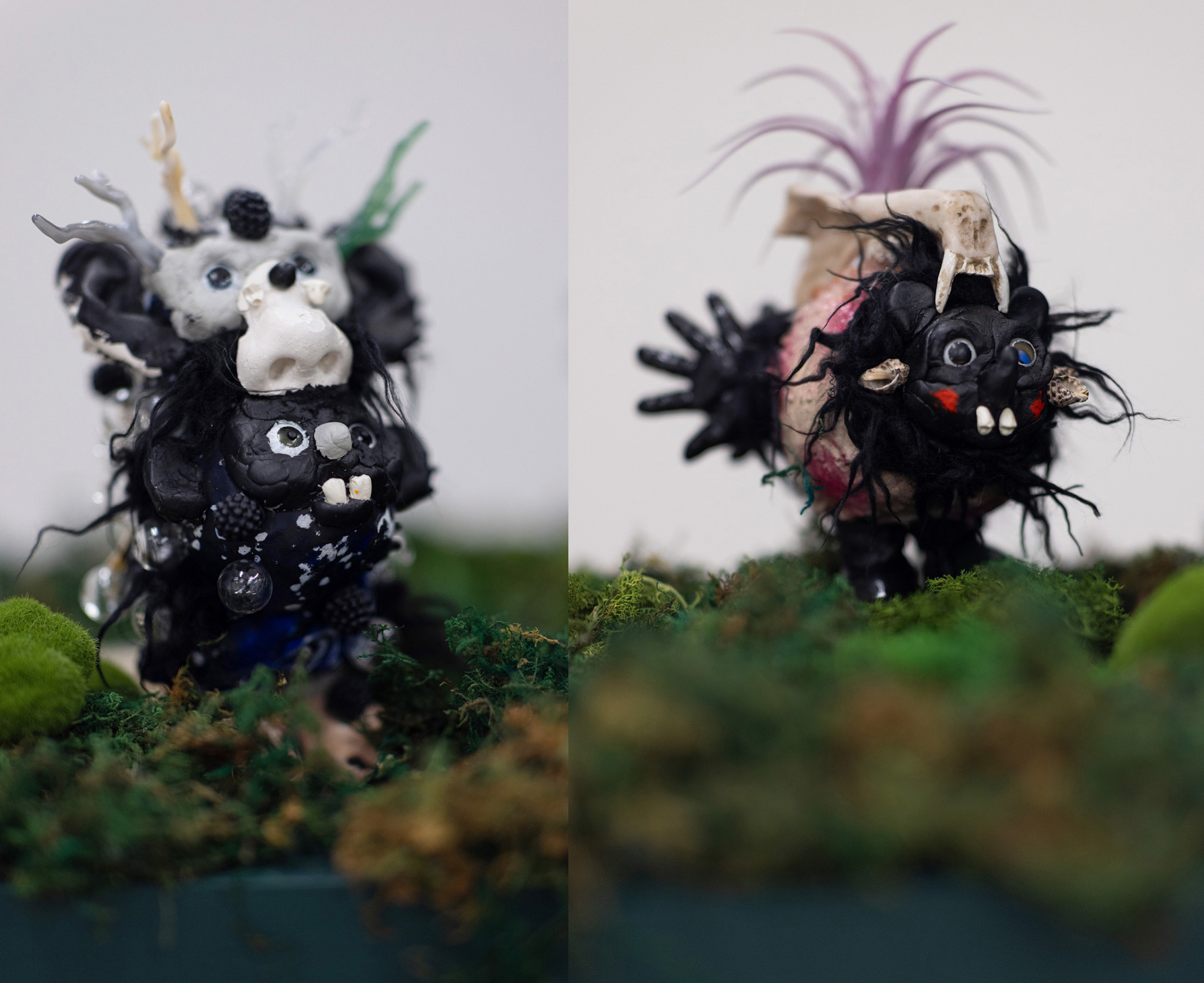
What’s the most rewarding aspect of being a creative in your experience?
For me, the most rewarding moments as an artist come when I feel a sense of pride in what I’ve created and when I realize that others who see my work experience emotions such as satisfaction, empathy, or inspiration. In other words, the true reward lies in being able to share my art with others and see it resonate with them.
That is also why I look forward to the opportunities ahead. I am currently preparing a project that explores the history of Jewish religion, the Talmud, and its influence on Korea, which will be exhibited under the curatorship of Achia Anzi. In addition, I will be contributing as a curator on the exhibition Under Erasure, scheduled for March–April 2026 at the Anya and Andrew Shiva Gallery. Being able to help present other artists’ works and shape the context of an exhibition is another kind of fulfillment for me.
Ultimately, I want to continue creating moments that give me pride while also offering others a chance to connect emotionally through art.
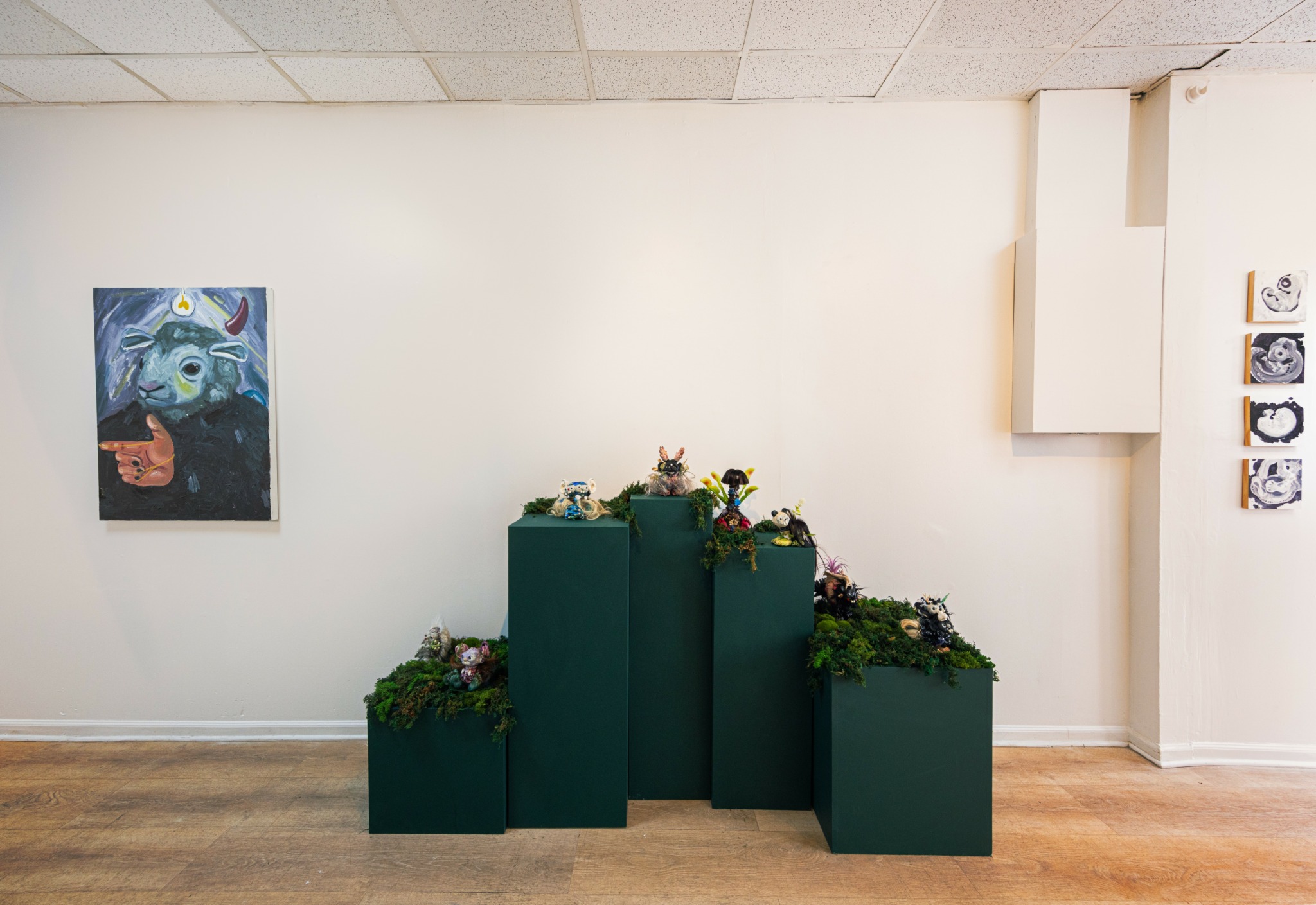
Is there something you think non-creatives will struggle to understand about your journey as a creative?
I think one of the reasons many people struggle to understand the journey of a creative is because of the uncertainty and solitude that always accompany it. Creating is not only about joy—it constantly makes you question yourself and your work. It is often a path you walk with the lingering fear of whether you can truly continue on it.
As a foreign artist working in the United States, I have learned to navigate the challenges of expressing myself in a different language and culture. These experiences have not only tested me but also broadened my perspective and enriched my artistic practice. Still, I continue because art is not just a profession for me—it is the way I live.
And in fact, these very uncertainties and struggles have seeped into my practice, allowing me to express universal emotions more truthfully—longing, stagnation, and the fragile yet enduring hope that keeps us moving forward.
Contact Info:
- Website: https://bekisong.com/
- Instagram: https://www.instagram.com/bbekisong

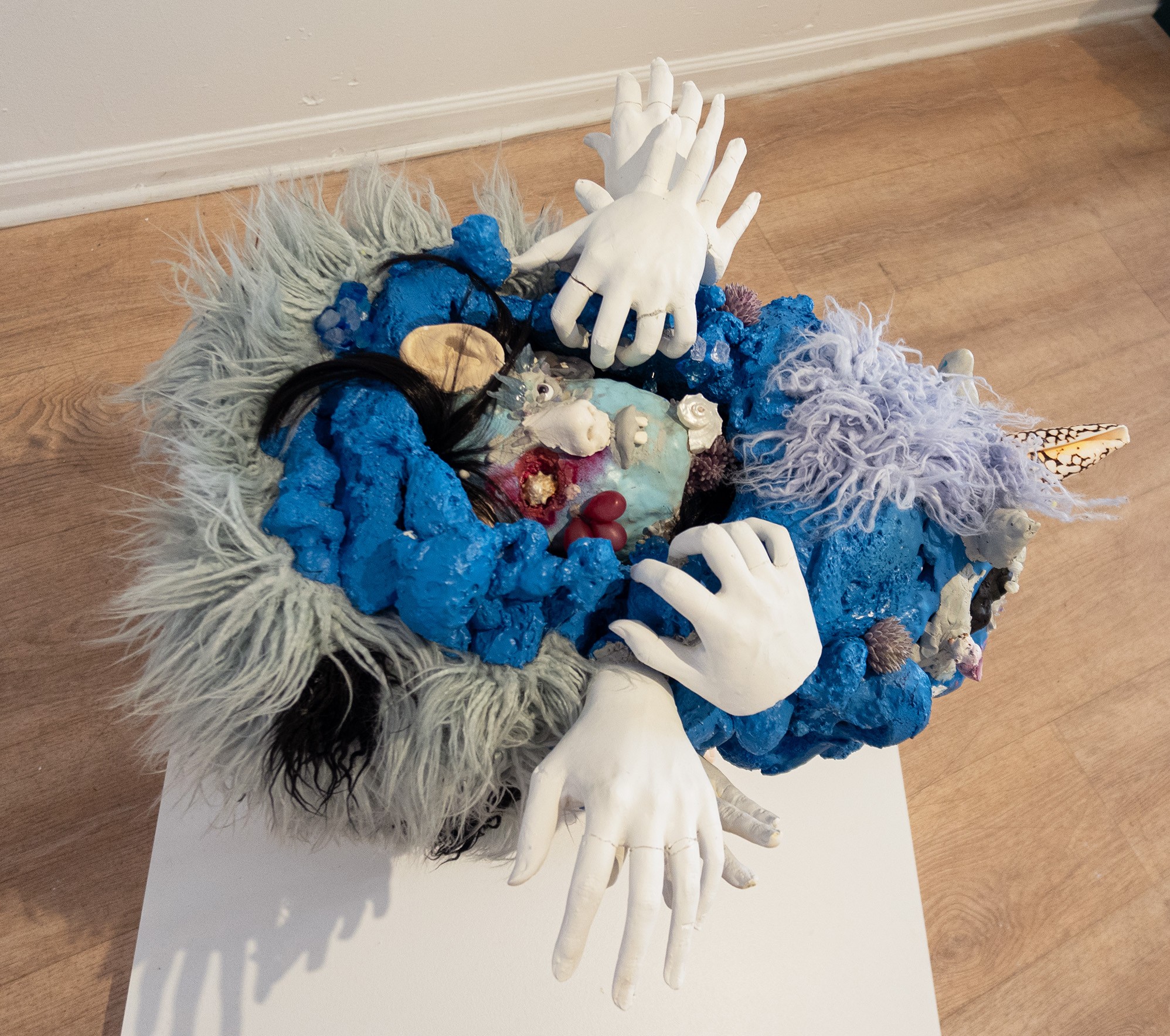

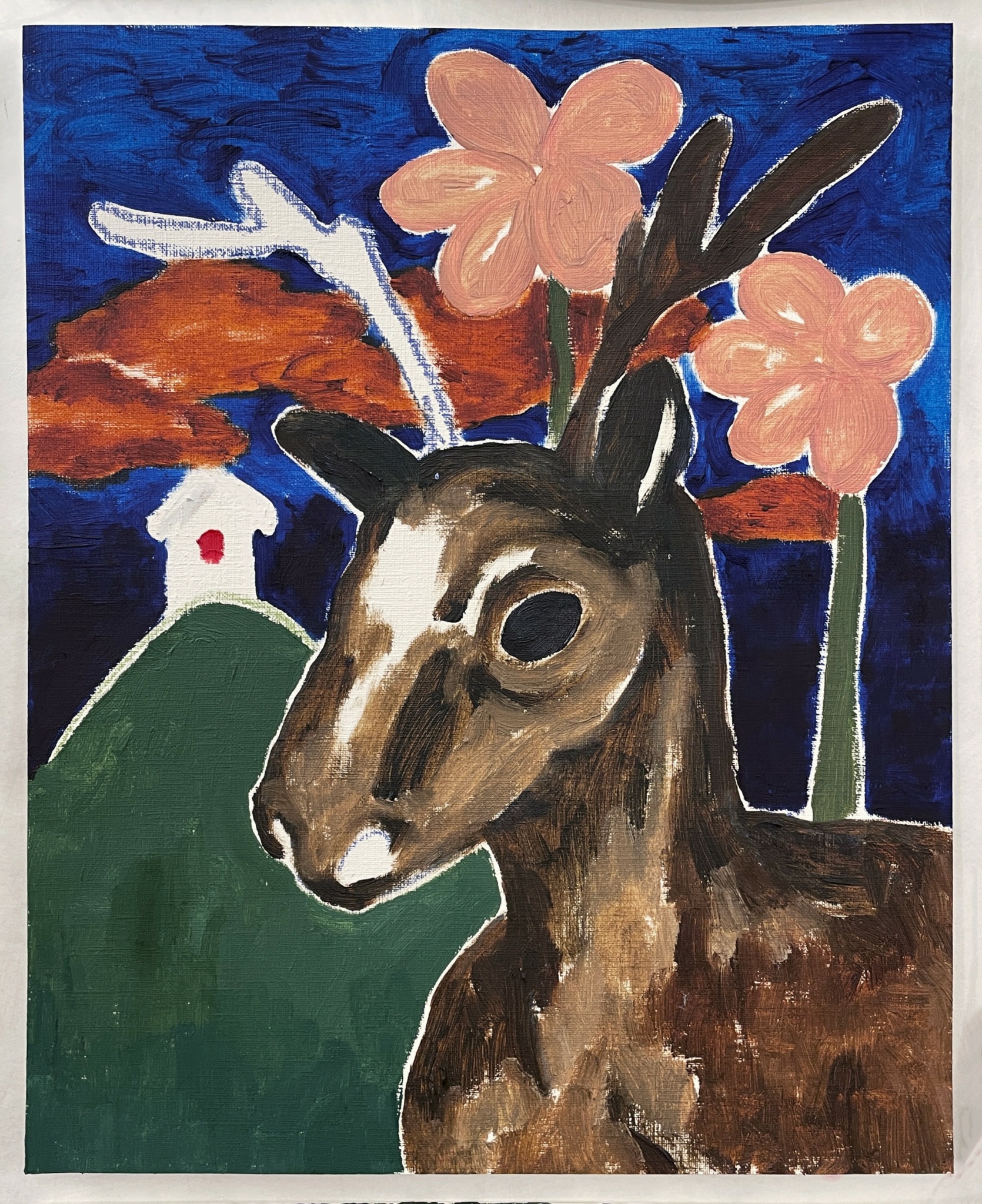
Image Credits
Daniel Chou and I


